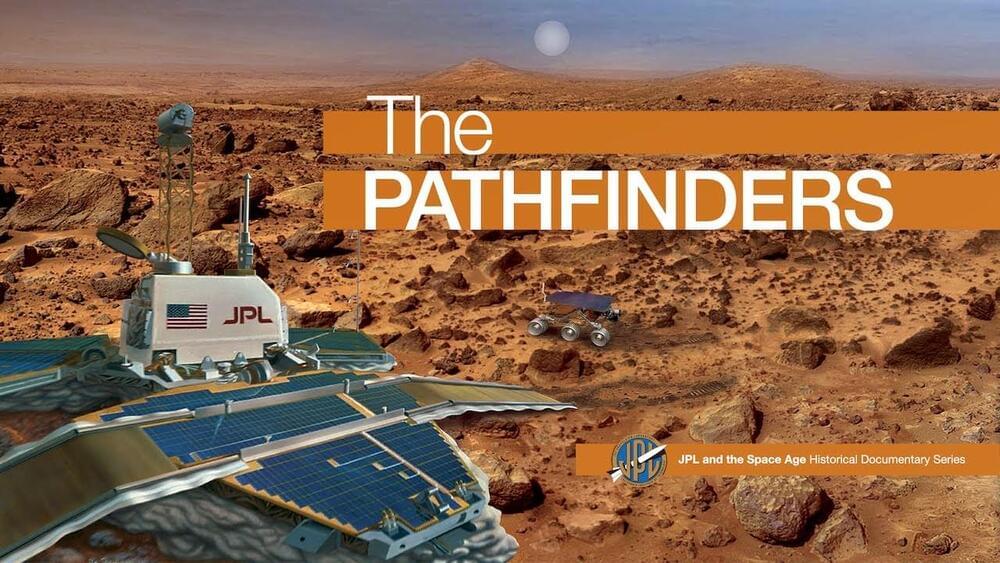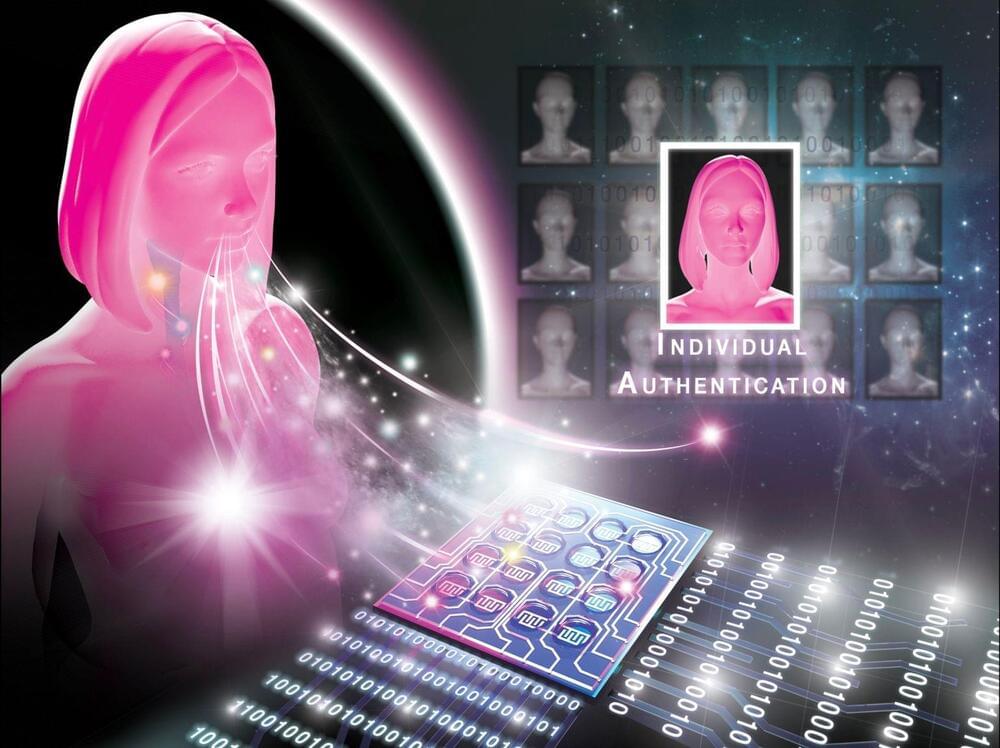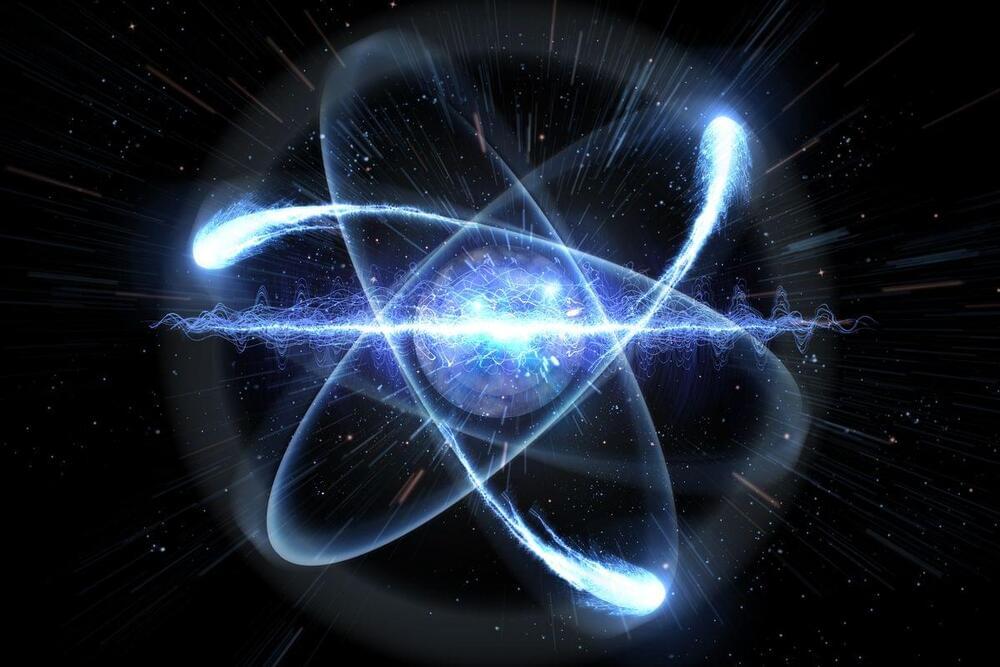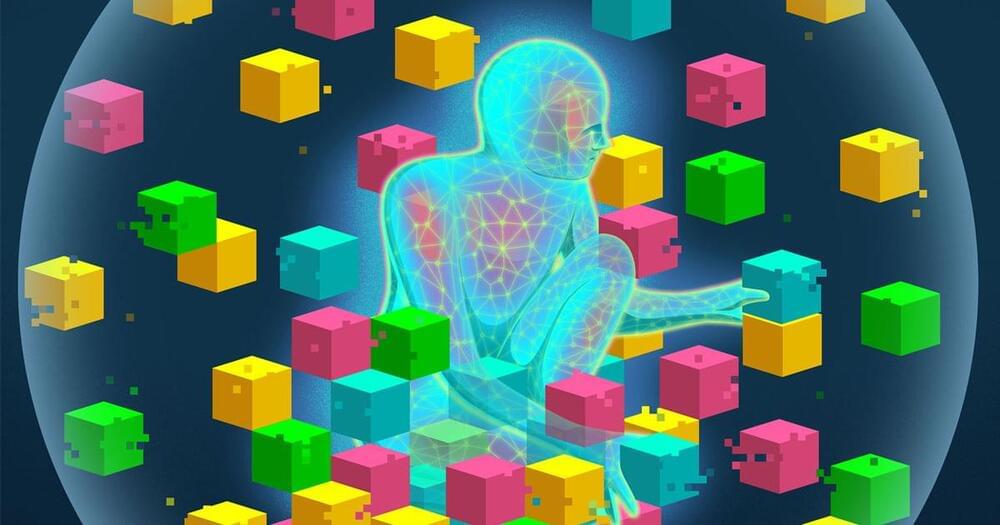Jun 25, 2022
JPL & the Space Age: The Pathfinders
Posted by Alan Jurisson in categories: education, space travel
It started with JPL agreeing to land something on Mars – cheaply – and do it in a radically different way. This is how the era NASA called “Faster, Better, Cheaper” began. The documentary film “The Pathfinders” tells the story of a small group of engineers at NASA’s Jet Propulsion Laboratory who did not heed warnings that the audacious challenge of landing on Mars with airbags would likely not be a career-enhancing move.
From relying on a parachute that could not be tested in a way to match the Martian atmosphere to receiving the late addition of an unwanted rover that wouldn’t have looked out of place in a toy store, the Mars Pathfinder mission was a doubter’s dream, taken on by a mostly young group of engineers and scientists guided by a grizzled manager known for his maverick ways.


















